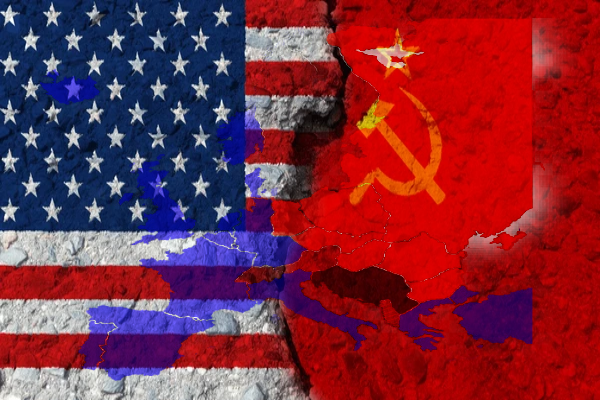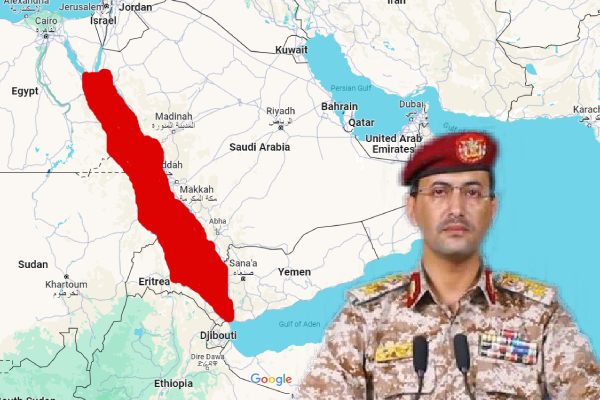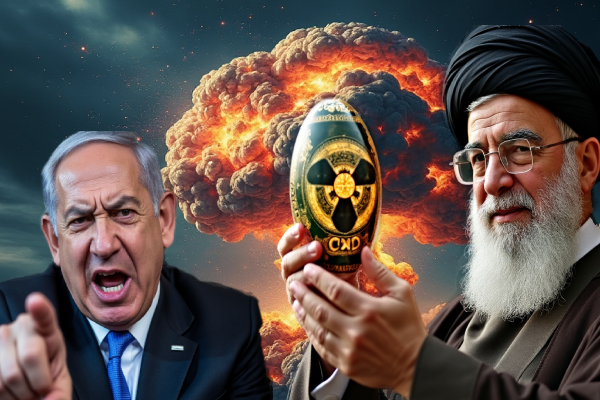The Iron Curtain stands as one of the most enduring symbols of the 20th century, representing not just a physical barrier but a profound ideological and geopolitical division that shaped the course of European history. Coined by British Prime Minister Winston Churchill in his famous 1946 speech, the term encapsulated the stark separation between Eastern and Western Europe during the Cold War era.
In this comprehensive exploration, we will delve deep into the multifaceted layers of the Iron Curtain, tracing its origins, examining its political dynamics, exploring its social impact, and reflecting on its eventual demise.
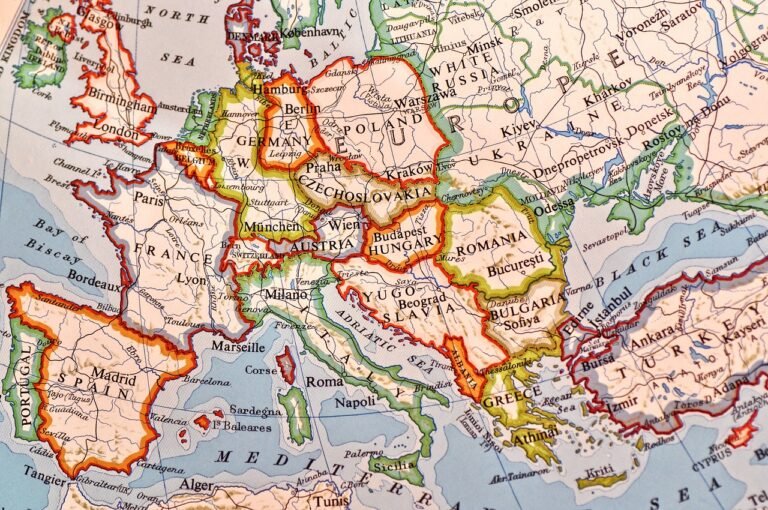
Origins of iron curtain
To truly comprehend the significance of the Iron Curtain, it is essential to understand its origins, rooted in the aftermath of World War II. As the dust settled on the ravaged landscape of Europe, the continent found itself divided not just physically but also ideologically. The Allied powers, united in their fight against Nazi Germany, soon found themselves at odds over the future of Europe. The United States and the Soviet Union emerged as the dominant forces, each advocating for their respective political and economic systems.
The Yalta and Potsdam conferences, held in 1945, set the stage for the division of Europe. While ostensibly aimed at securing peace and rebuilding the continent, these conferences laid bare the competing interests and ideologies of the Allied powers. The division of Germany into four occupation zones, controlled by the United States, Soviet Union, Great Britain, and France, foreshadowed the broader division that would come to define the continent.
The term “Iron Curtain” was popularized by British Prime Minister Winston Churchill in his speech on March 5, 1946. In this speech, he used the term to describe the division of Europe into Western and Soviet-controlled Eastern blocs following World War II. He stated, “From Stettin in the Baltic to Trieste in the Adriatic, an iron curtain has descended across the Continent.” This metaphorical “iron curtain” symbolized the ideological, political, and physical division between the communist Eastern Bloc and the capitalist Western Bloc during the Cold War era.
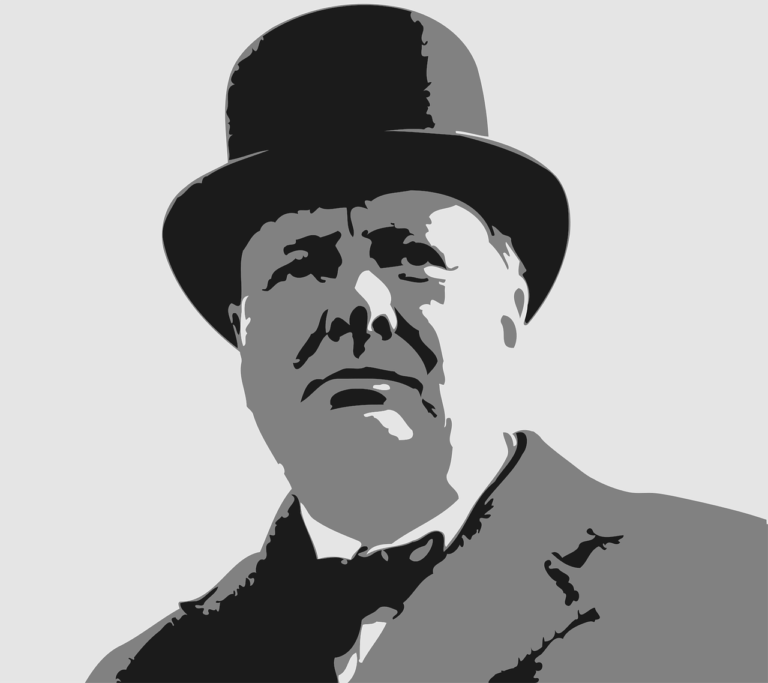
offshoot of cold war
The end of World War II marked not the end of conflict but the beginning of a new era of geopolitical rivalry and ideological confrontation. The Cold War, a term coined by George Orwell, described the state of hostility and competition that emerged between the Western bloc, led by the United States and its NATO allies, and the Eastern bloc, dominated by the Soviet Union and its satellite states.
The Truman Doctrine and the Marshall Plan, both announced in 1947, signalled America’s commitment to containing the spread of communism in Europe. Meanwhile, the Soviet Union sought to consolidate its influence over Eastern Europe through a combination of military occupation and political manipulation. The formation of NATO in 1949 and the subsequent establishment of the Warsaw Pact in 1955 solidified the division of Europe into two opposing camps.
Political Dynamics Behind the Curtain
Behind the Iron Curtain, Eastern Europe fell under the shadow of Soviet control. Countries such as Poland, Hungary, Czechoslovakia, and East Germany were transformed into satellite states, governed by communist regimes loyal to Moscow. The imposition of one-party rule, censorship of the media, and suppression of political dissent became hallmarks of life behind the Iron Curtain.
The Sovietization of Eastern Europe was accompanied by a process of de-Stalinization, initiated by Soviet leader Nikita Khrushchev in the late 1950s. This period saw a relaxation of some of the more repressive aspects of Stalinist rule, but it also witnessed the brutal suppression of uprisings in countries such as Hungary in 1956 and Czechoslovakia in 1968, underscoring the limits of reform within the communist system.
Life in the Shadow of the Curtain
Living under the Iron Curtain meant navigating a world characterized by scarcity, surveillance, and ideological conformity. The Eastern bloc economies, centrally planned and inefficient, struggled to keep pace with their Western counterparts. Shortages of consumer goods were common, and access to basic necessities was often limited.
Moreover, the pervasive presence of the state, embodied by the secret police and the extensive network of informers, cast a long shadow over daily life. Citizens were subject to constant scrutiny, and any deviation from the party line could result in punishment or persecution. Yet, despite the omnipresent surveillance apparatus, dissent simmered beneath the surface, fueled by a desire for freedom and self-determination.
Cultural Divides and Diplomatic Tensions
The Iron Curtain not only divided Europe politically and economically but also created stark cultural and diplomatic divides between East and West. Cultural exchange between the two blocs was severely restricted, as the communist regimes sought to control the flow of information and ideas. The production and consumption of Western cultural products, such as music, literature, and films, were closely monitored and often censored.
Diplomatic relations between the superpowers were marked by periods of détente interspersed with moments of heightened tension. The Cuban Missile Crisis of 1962 brought the world to the brink of nuclear war, while proxy conflicts in Vietnam, Afghanistan, and other hotspots around the globe kept tensions simmering beneath the surface. Yet, despite these geopolitical rivalries, channels of communication remained open, albeit tenuous, as both sides recognized the catastrophic consequences of direct confrontation.
Cracks in the Curtain
Despite its seemingly impenetrable facade, the Iron Curtain began to show signs of strain in the latter half of the 20th century. Economic stagnation, combined with growing demands for political reform and greater personal freedoms, eroded the legitimacy of communist regimes across Eastern Europe. The emergence of reformist leaders, such as Mikhail Gorbachev in the Soviet Union and Alexander Dubček in Czechoslovakia, signaled a willingness to explore new paths forward.
The year 1989 proved to be a watershed moment in European history as the Iron Curtain crumbled before the tide of popular uprisings and grassroots movements. The fall of the Berlin Wall in November of that year symbolized not just the reunification of Germany but the collapse of the ideological divide that had cleaved Europe in two for over four decades. The domino effect spread across the Eastern bloc, as one by one, communist regimes fell from power, culminating in the dissolution of the Soviet Union in 1991.
The Legacy of the Iron Curtain
Although physically removed, the legacy of the Iron Curtain continues to reverberate throughout Europe and the wider world. The scars of division, both physical and psychological, remain visible in the landscape and in the collective memory of those who lived through the Cold War era. Economic disparities persist between the former Eastern bloc countries and their Western counterparts, while political tensions flare up periodically, fueled by historical grievances and competing national interests.
Yet, amidst the lingering divisions, there are also signs of reconciliation and renewal. The expansion of the European Union to include many former Eastern bloc countries has brought greater integration and prosperity to the region. Cross-border cooperation initiatives, cultural exchange programs, and educational exchanges seek to bridge the divides that once seemed insurmountable.
The Iron Curtain may have fallen, but its legacy endures, reminding us of the dangers of division and the power of unity. As we reflect on this tumultuous period in European history, let us remember the courage and resilience of those who lived behind the Iron Curtain, as well as the lessons learned from the mistakes of the past. May we strive to build a future based not on walls and barriers but on dialogue, cooperation, and mutual respect, for the benefit of all humanity
